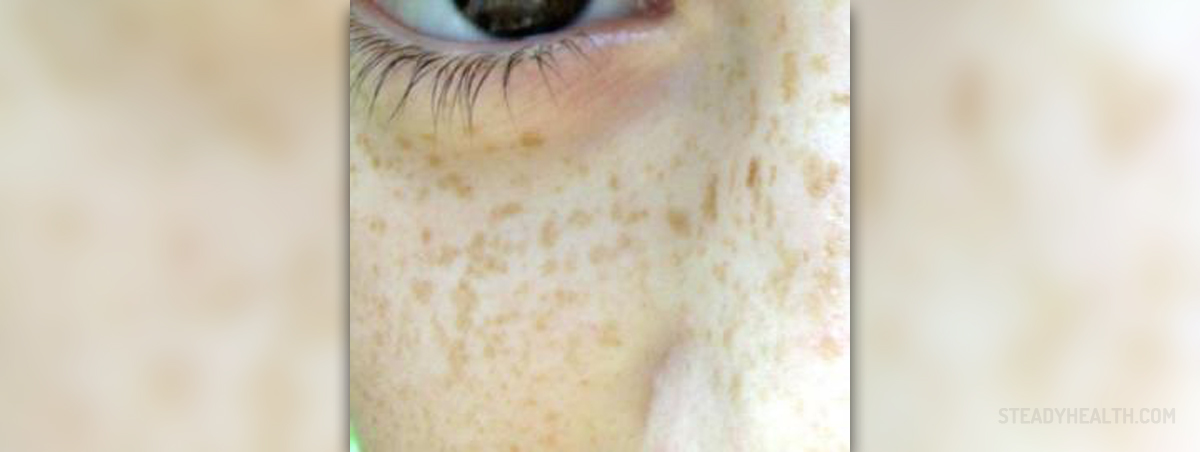
Freckles are small, flat, pigmented spots on the skin that can range between 2mm to 4mm in diameter. Freckles are common in people of fair complexion and light or red hair. Heredity factor plays an important role in their development as well. Freckles result out of increase in the amount of pigment melanin and are not a health problem. They commonly become more apparent during summer months as they are sensitive to UV rays of sunlight. Freckles can appear anywhere on the body but they are usually present on the face, arms and shoulders.
Types of FrecklesThere are two basic types of freckles. Ephelides are flat, tanned spots that usually appear during the sunny months and fade in winter months. This type of freckles is common in lighter-skinned people and can be a genetic trait.
Lentigines are freckles darker than the common freckles or ephelides that do not change in color regardless of sun exposure. This type of freckles is a genetic condition.
Freckle Home Remedies
There are several natural remedies that can help to eliminate freckles. You can apply sour cream on your face and just wipe it off with a facial tissue without rinsing it completely. This will help you minimize the existing freckles.
Lemon juice is known to act like a bleaching agent. You can simply apply lemon juice to the freckled area to lighten the spots.
Fruit and vegetable masks such as apricot, strawberry, cucumber or red currant mask are recommended to be used on a regular basis. This can help fade freckles.
Honey can also help lighten the marks. You can heat honey and apply on the areas covered with freckles. Wash it off with warm water and rinse with cool water. You can also add wheat germ into the honey.
You can get less visible spots if you rub red onions on affected areas two times a day.
Freckles and Diet
Freckles on the skin may appear regardless of a person’s diet. However, the diet can help to get a healthy skin and reduce freckles. Such diet should mainly consist of plenty of fresh vegetables and whole grains rich in vitamins A, B complex and C.
Vitamin C, found in food like citrus fruits, apples and green onions, reduces skin sensitivity to sunlight. Vitamin B5 or pantothenic acid is also essential as it reduces water loss through skin thus keeping it moisturized. Good sources of pantothenic acid are milk, eggs, cabbage, wheat germ and nutritional yeast. To maintain skin elasticity one should consume the essential fatty acids which can be obtained from unrefined, cold-pressed vegetable oils such as flax seed oil.


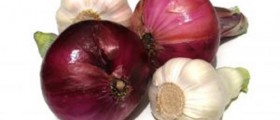
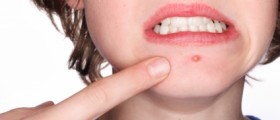






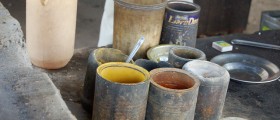
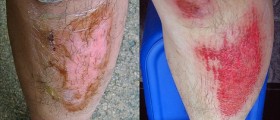
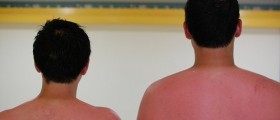
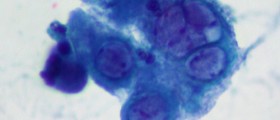

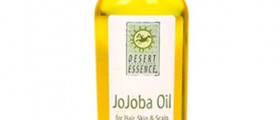

Your thoughts on this
Loading...